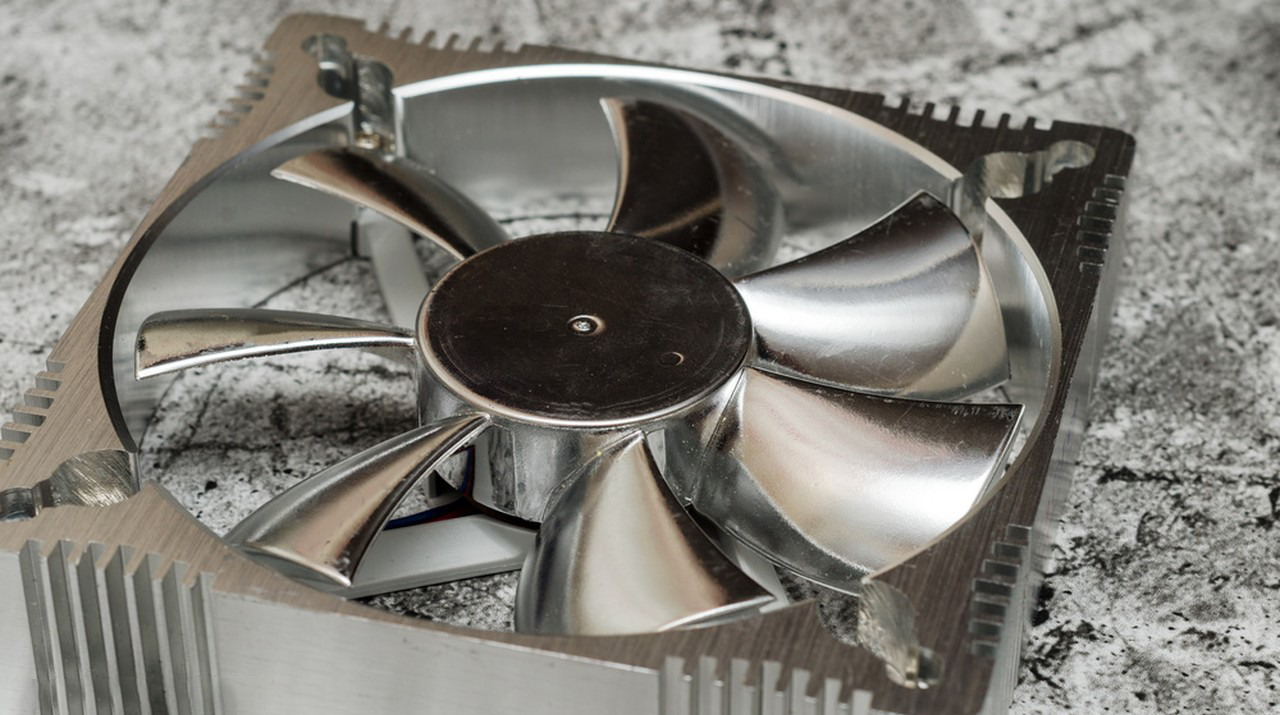1. Definition and Key Features
A high-temperature fan is a specialized ventilation device designed to operate reliably in extreme conditions, including high temperatures, high pressure, humidity, and corrosive gas environments. Compared to standard fans, high-temperature fans offer superior heat resistance, pressure tolerance, and durability, ensuring efficient ventilation, cooling, and gas transportation.
Key features of high-temperature fans include:
- Exceptional heat resistance: Constructed with heat-resistant materials and specialized cooling structures to ensure stable operation under extreme temperatures.
- High pressure tolerance: Capable of withstanding substantial static pressure, making it suitable for applications requiring high-pressure airflow.
- Efficient and stable performance: Aerodynamically optimized blade design delivers high airflow and operational efficiency.
- Adaptability to harsh environments: Designed for continuous operation in high-temperature, humid, corrosive, or dust-laden environments.
2. Main Types of High-Temperature Fans
High-temperature fans can be classified based on their structure and application requirements:
-
Stainless Steel High-Temperature Fans
- Constructed with stainless steel, making them ideal for corrosive high-temperature environments such as chemical and pharmaceutical industries.
-
Transmission-Type High-Temperature Fans
- Utilize a coupling or belt drive to keep the motor away from heat sources, suitable for extreme high-temperature applications such as boilers and metallurgical exhaust systems.
-
Centrifugal High-Temperature Fans
- Use centrifugal force to increase air pressure, making them effective for high-temperature gas transportation, industrial furnace combustion support, and exhaust applications.
3. Core Structure and Technical Features
High-temperature fans are built with specialized components to ensure stability and efficiency in extreme conditions.
-
Impeller Design
- Multi-blade centrifugal impeller optimized for aerodynamic efficiency.
- Blades made from galvanized steel or cold-rolled steel for high strength and durability.
- Dynamic and static balancing ensures smooth operation with minimal vibration.
- Special coatings enhance corrosion resistance and extend lifespan.
-
Optimized Air Inlet
- Converging air duct design reduces turbulence and energy loss, improving airflow efficiency.
- Ensures even distribution of high-temperature air before entering the fan, preventing localized overheating and improving cooling performance.
-
Casing and Cooling System
- High-strength heat-resistant alloy casing enhances overall thermal resistance.
- Motor is isolated from the casing using metal castings and equipped with cooling blades and water-cooling systems, ensuring long-term operation in high-temperature environments.
-
High-Temperature Motors
- Specialized heat-resistant motors designed for continuous operation in extreme temperatures.
- Equipped with overheat protection and advanced cooling mechanisms to prevent motor failure due to excessive heat or overload.
4. Applications of High-Temperature Fans
High-temperature fans are widely used in industrial environments requiring the transportation of hot gases, exhaust removal, combustion support, and cooling. Key industries include:
- Metallurgy: High-temperature gas transportation, furnace exhaust, and combustion air supply.
- Petrochemical: Corrosion-resistant high-temperature gas transport and waste gas discharge.
- Power Generation & Nuclear Energy: Boiler air supply, flue gas exhaust, and high-temperature heat exchange systems.
- Environmental Protection: Incineration exhaust systems and high-temperature waste gas treatment.
- Forging & Heat Treatment: Hot air circulation, furnace exhaust, and high-temperature gas transfer.
5. How to Select the Right High-Temperature Fan
To ensure a high-temperature fan meets specific operational requirements, the following factors should be considered:
- Operating Temperature Range: Determine the maximum temperature the fan must withstand and select appropriate heat-resistant materials and cooling mechanisms.
- Airflow and Pressure Requirements: Define the required airflow (CFM) and static pressure (Pa) to select the correct fan model.
- Environmental Conditions: Consider exposure to corrosive gases, dust, or steam, and choose anti-corrosion and dust-resistant designs accordingly.
- Operational Stability and Maintenance: Opt for heat-resistant motors, reliable cooling systems, and easy-to-maintain structures to ensure long-term stability.
High-temperature fans are critical equipment in industrial exhaust, heat treatment, gas removal, and ventilation cooling systems. Their ventilation efficiency, heat resistance, and operational stability directly impact equipment safety and overall productivity.
With 24 years of expertise, Ruiapple Electric specializes in high-efficiency, low-energy, heat-resistant, and corrosion-resistant high-temperature fan solutions for industries including metallurgy, petrochemicals, power generation, and environmental protection. For expert consultation or custom solutions, feel free to contact us!







